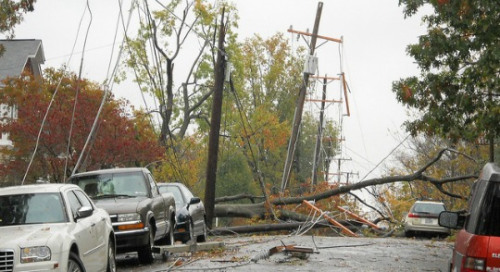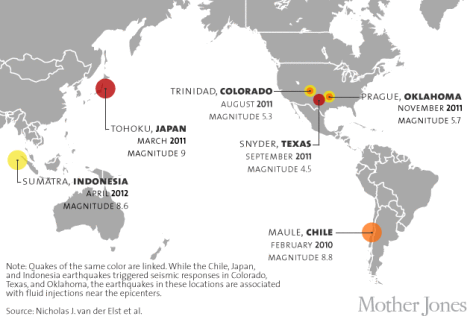John Upton, Grist

Plans to protect more than 1.5 million square miles of ocean around Antarctica are getting serious consideration this week — and that could be a big benefit for whales, seals, birds, fish, krill, and other wildlife in the region.
The idea is akin to creating a vast national park, except that it would be an international park. And it would be larger than most nations. And it would be entirely soggy.
On July 16, the members of the Commission for the Conservation of Antarctic Marine Living Resources (CCAMLR) — 24 nations and the European Union — will vote on two proposals for marine reserves, each one bigger in size than the state of Alaska. A U.S.-New Zealand one would set aside roughly 876,000 square miles in and around the frozen Ross Sea, a home for penguin nurseries and source of nutrients throughout the Pacific Ocean. A second European and Australian one would set aside a more than 700,000-square-mile string of protected marine reserves around Eastern Antarctica.
NPR has more, including a comparison to another big U.S. state:
“The total size of the marine protected area we are proposing is roughly 3 1/2 times the size of Texas,” says Ambassador Mike Moore, the former prime minister of New Zealand, who was talking up the joint U.S.-New Zealand proposal in Washington this spring. “So to misquote the vice president of the United States, ‘this is a big deal.’” …
But because these two areas are in international waters, creating marine preserves will require consensus from all of the nations in the pact known as CCAMLR …
When the group met to discuss the issue last fall, it couldn’t reach agreement. Russia, China and Ukraine were concerned about losing fishing rights in these seas. But they agreed to [a] meeting in Germany to try again.
That meeting is happening today and tomorrow in Bremerhaven, Germany.
The New York Times weighed in with an editorial over the weekend, urging the commission members to support the conservation proposals:
The biggest obstacle is Russia, which has expressed resistance to these reserves. It is joined by Ukraine, China, Japan and South Korea. Their hope is to manage fishing in the Antarctic much as it is managed elsewhere, with limits and restrictions. But the state of fisheries around the globe makes it clear that the most effective antidote to declining fish populations is the creation of totally protected marine reserves.
The Obama administration has expressed strong support for the idea of such protections in Antarctica, and many delegates to the Bremerhaven meeting are hopeful that sooner or later the Russians and other opponents can be brought on board. But when it comes to protecting ecosystems, sooner or later often means later, which often means too late. The time to protect the Antarctic Ocean is now.
Here’s hoping that these five reluctant countries, all of which are located in the Northern Hemisphere, don’t continue to pour cold water over proposals that could help stabilize the world’s fish stocks — and protect one of the world’s last big wild areas.













